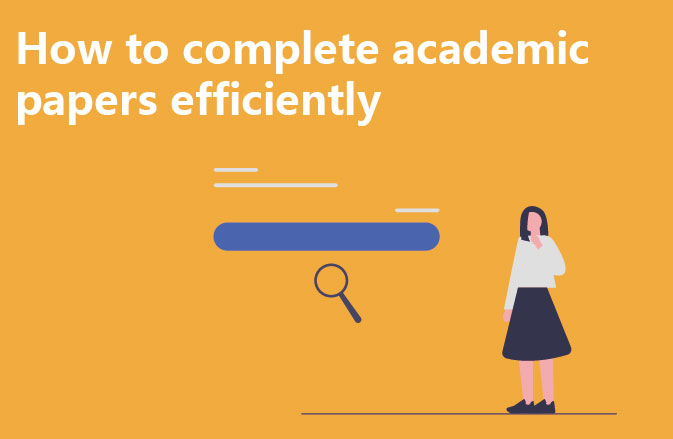I. Research Steps
Firstly, we should confirm the research direction and set hypotheses by reading relevant literature; then, we should obtain reliable data and choose appropriate methods to analyse them; according to the results, we should explore their reasonableness and validity, and finally, we should write a discussion session. The whole process requires rigour and meticulousness.
II. Challenges and Solutions
1. Establishing reasonable hypotheses: formulating hypotheses based on existing theoretical frameworks to avoid blind speculation without basis.
2. Solve the problem of lack of data: Understand the various types of data we have and look for suitable alternatives. 3.
3. master complex statistical analysis methods: such as regression equations, structural equations, etc., need to have solid mathematical skills.
4. understand and apply mediating and moderating effects: this is one of the key factors to improve the quality of the paper.
Common mistakes and ways to avoid them
1. misunderstanding quantitative analysis: quantitative analysis is not limited to calculating percentages, but also includes more in-depth statistical analysis.
2. unsupported hypotheses: reasoning should be based on existing theories and avoid plagiarising others’ research results.
3. Lack of research questions: clarify the research questions to ensure that the research has practical significance and theoretical value.
4. Unknown variable design and data source: clearly describe the variable design and data source to ensure the credibility of the study.
5. Failure to analyse: elaborate the analysis process to improve the persuasive power of the paper.
IV. Required Tools
1. basic software such as Eviews, SPSS, etc.
2. advanced software such as Stata, R Studio, etc.
3. Database resources (for secondary data).
4. Questionnaire Star platform (for online questionnaires).
5. Statistics basics learning video (recommended to watch Ben Lambert’s teaching video).
6. abundant free learning materials (covering Stata, R, 8P88, 8AS tutorials, etc.).
V. Abstract and Introduction
1. Abstract: In 200 to 300 words or 2%-3% of the total words, outline the research importance of the article, the research gap, the research objectives, the research questions, the research methodology, the research conclusions and its theoretical and practical value.
2. Introduction: including research background, research motivation, research questions, research objectives, methodological introduction, thesis structure, etc., which takes up about 10 per cent of the total number of words.




